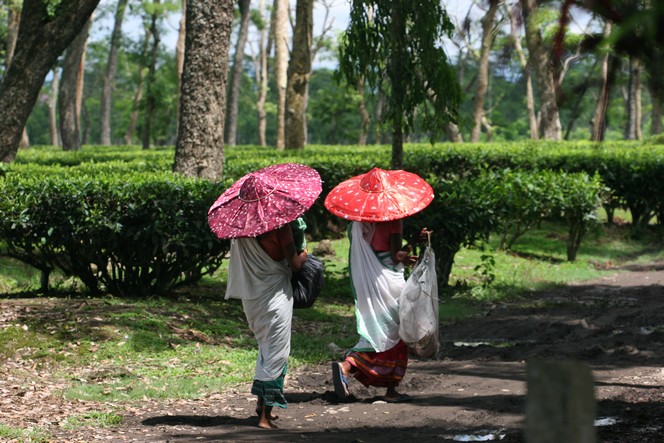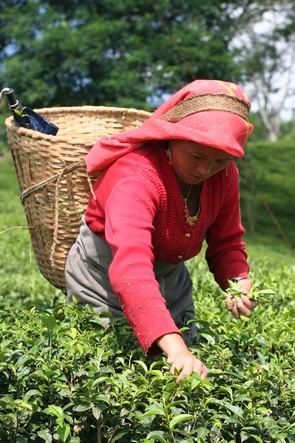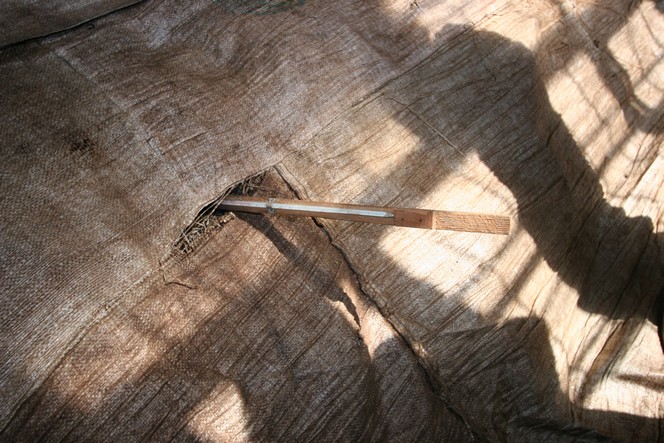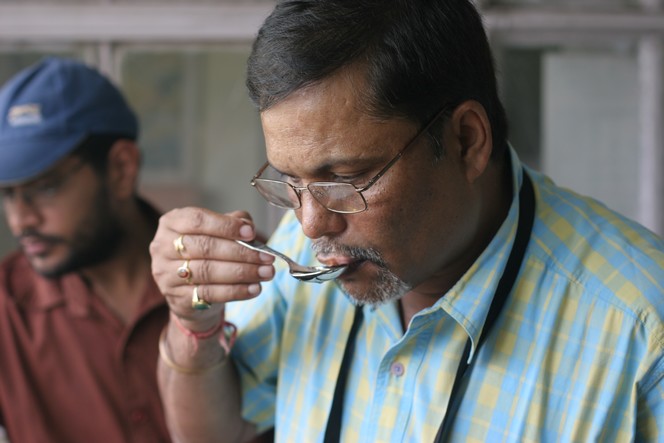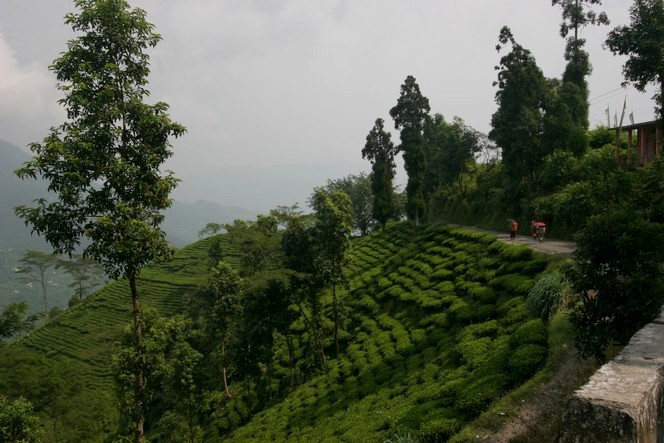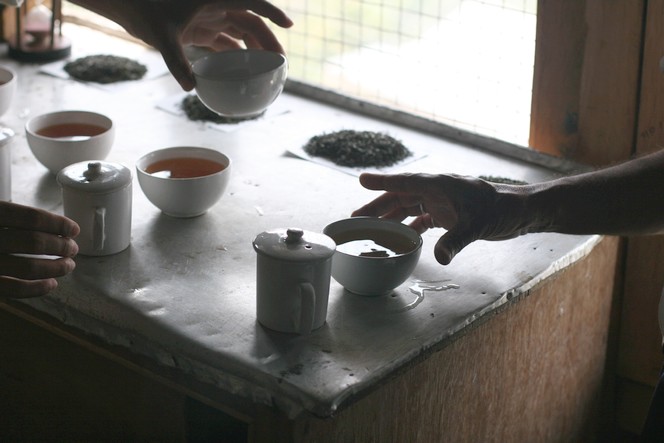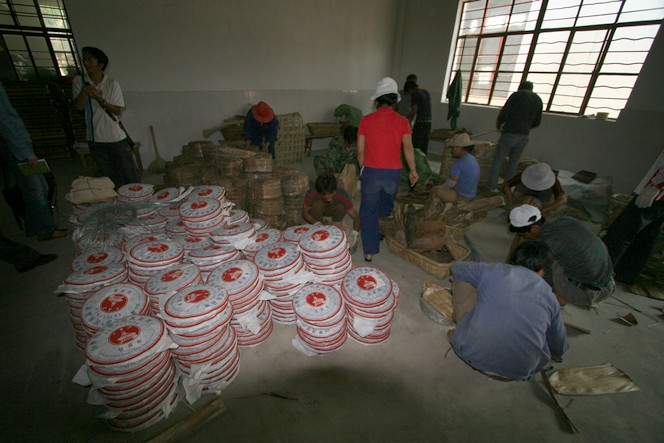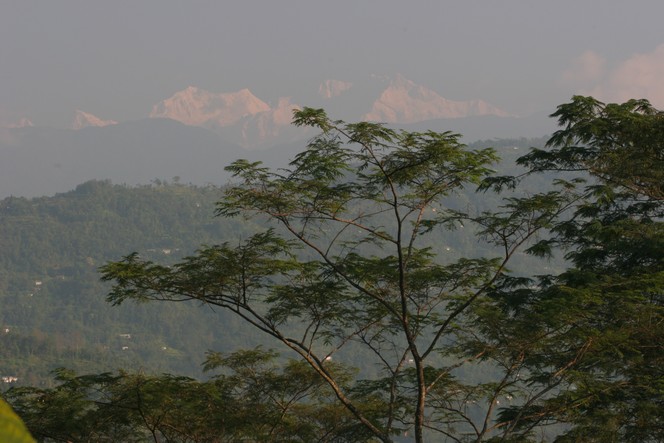When I left Darjeeling in October, it didn’t seem to sadden these school children in the slightest, and they had fun clowning around while I took a photo of them. This image of happy children is a good reflection of my feelings as we finish the year on a high note. I hope you enjoy the celebrations.
I have no more regrets about leaving 2011 behind me than these kids had at seeing me depart for the valley. I welcome 2012 with open arms, as they will do when I return to see them next time.
It only remains for me to choose the tea on which to end the year. After the meal I’m serving on New Year’s Eve, I think I’ll make my guests a mint tea, known for its digestive properties and as a symbol of hospitality.
See you next year!


